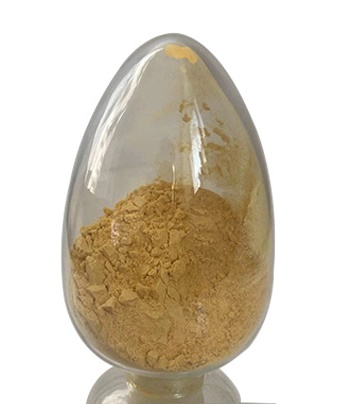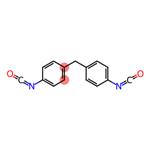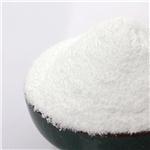4,4'-Diphenylmethane diisocyanate: uses and Hazard
Introduction
Methylene diphenyl diisocyanate (MDI) is a white, odourless diisocyanate that may also occur in crystalline form. It exists in three isomers (2,2′-MDI,2,4′-MDI, and 4,4′-MDI). However, the primary technical/commercial form of MDI is actually polymeric MDI, which is a mixture that contains 25–80% monomeric 4,4′-MDI as well as oligomers containing three to six rings and other minor isomers, such as the 2,2′-isomer and the 4,4′ isomer.

Diphenylmethane-4,4-diisocyanate (4,4'-Diphenylmethane diisocyanate) is a light yellow coloured solid. It is not soluble in water. It may be toxic by ingestion, inhalation, or skin absorption. If in a solution it may or may not burn depending on the nature of the material and the solvent. It is used to make plastics.
Uses
The world production of methylenediphenyl diisocyanate all types included was 1200 thousand tonnes in 1991. In the European Union, approximately 790 thousand tonnes were manufactured in 1996, compared with 540 thousand tonnes in 1991 and 267 thousand tonnes in 1980; 215 thousand tonnes were processed in 1980.
MDI is used to produce polyurethane foams for a wide range of retail, commercial, and industrial applications. These foams protect cement, wood, fiberglass, steel, and aluminum surfaces such as truck beds, trailers, boats, foundations, and decks. MDI is also used as a high-strength adhesive in industrial and consumer applications.
Hazard
Acute and Short-Term Toxicity (or Exposure)
Acute inhalation exposure may result in sensitization and asthma in humans. Dermal contact with MDI resulted in dermatitis and eczema in plant workers. Animal studies revealed skin and eye irritation in rabbits, extreme toxicity by inhalation and moderate toxicity by oral ingestion in rodents.
Chronic Toxicity (or Exposure)
Chronic inhalation exposure to MDI is one of the leading causes of asthma in plant workers. In addition, chronic inhalation exposure can cause dyspnea, immune disorders as well as nasal and lung lesions. EPA has set the RfC for MDI at 0.0006 mg m−3 based on irritation of nasal membranes in rodents. EPA has not established an RfD for MDI.
Reproductive Toxicity
No information is available on the reproductive or developmental effects of MDI in humans; however, some effects (decreased placental and fetal weights and increased skeletal variations) were noted in a rat study.
Carcinogenicity
No information is available on the carcinogenic effects of MDI in humans. Animals exposed to polymeric MDI were reported to increase the incidence of pulmonary adenomas. EPA has classified MDI as a group D (not classifiable as to human carcinogenicity).
References
[1] 4-4-methylenediphenyl-diisocyanate.pdf (epa.gov) https://www.epa.gov/sites/default/files/2016-09/documents/4-4-methylenediphenyl-diisocyanate.pdf
[2] Diphenylmethane 4,4' Diisocyanate - an overview | ScienceDirect Topics https://www.sciencedirect.com/topics/pharmacology-toxicology-and-pharmaceutical-science/diphenylmethane-4-4-diisocyanate
You may like
Related articles And Qustion
Lastest Price from 4,4'-Diphenylmethane diisocyanate manufacturers

US $0.00/kg2025-04-15
- CAS:
- 101-68-8
- Min. Order:
- 200kg
- Purity:
- 94%
- Supply Ability:
- 20 tons

US $50.00-40.00/kg2025-03-07
- CAS:
- 101-68-8
- Min. Order:
- 1kg
- Purity:
- 99%
- Supply Ability:
- 20Tons



